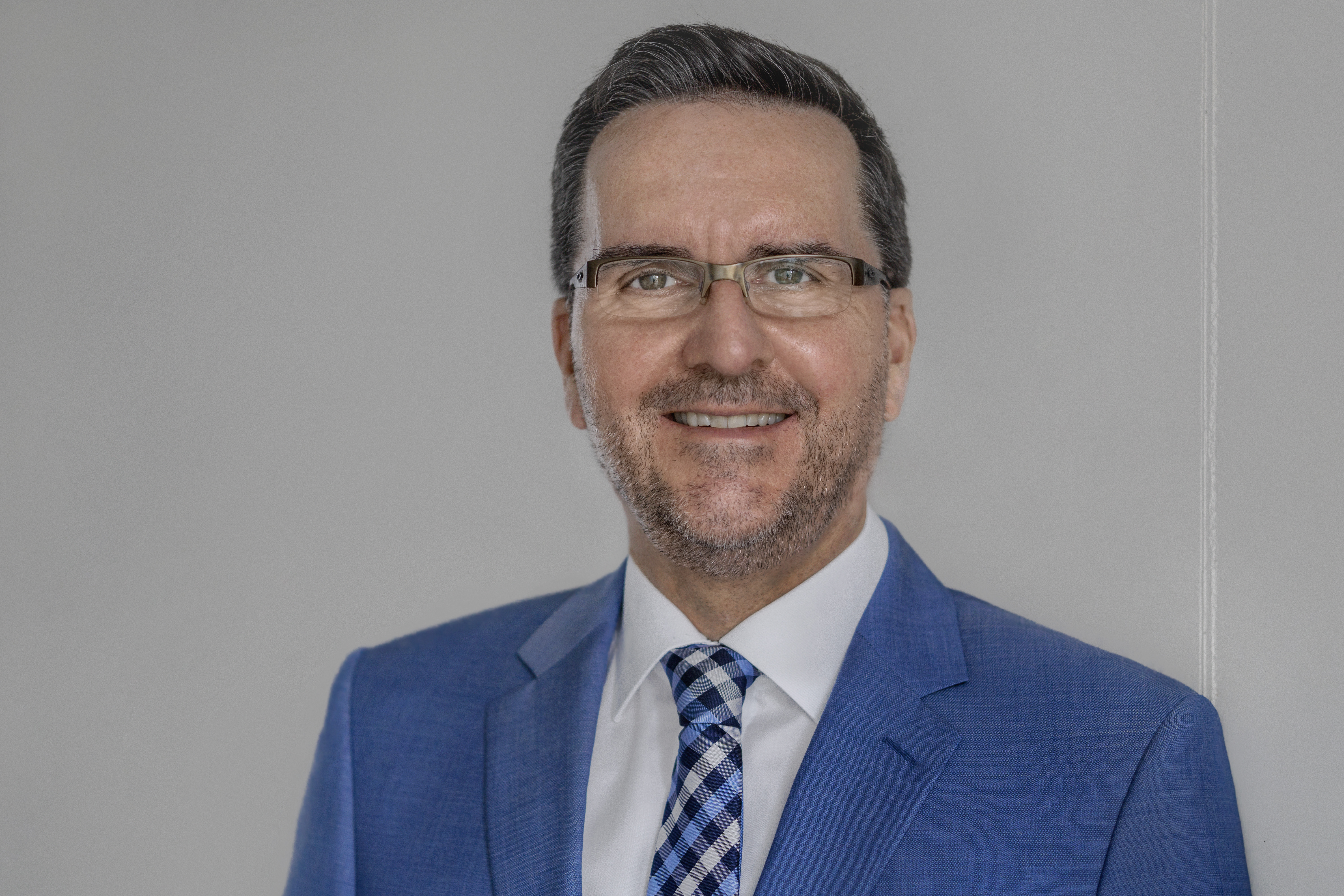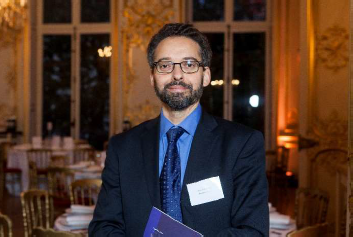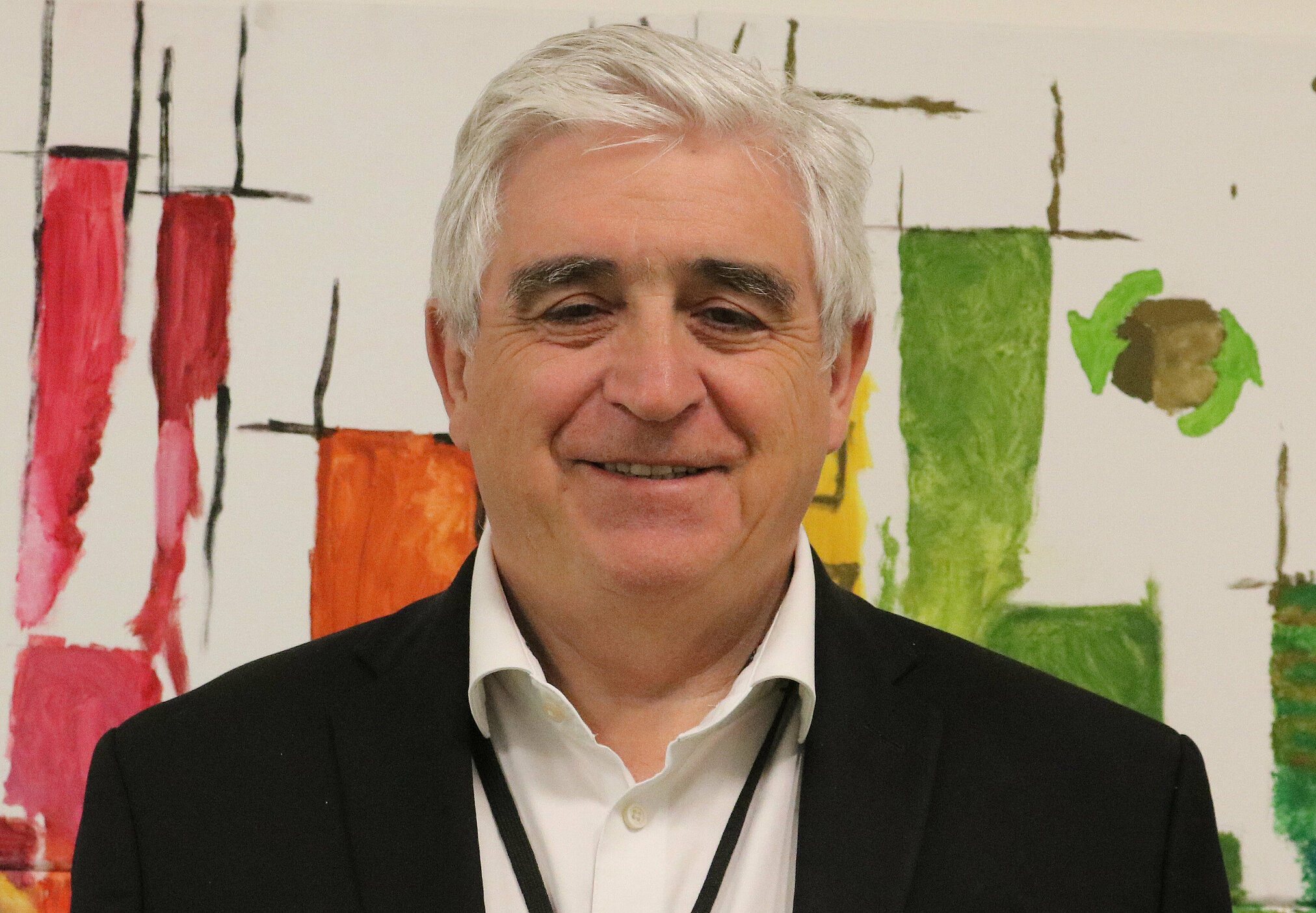Plenary Speakers
| Research and Innovations in Virtual Product Creation and Beyond | |
|---|---|
 R. Stark R. Stark TU Berlin |
Abstract: Digitalization and Virtualization of Engineering is continuously evolving. The discipline of Virtual Product Creation has to ensure that Engineers, Planners and Managers follow a robust framework within industrial value creation to cope with the complex set of digital methods, processes and prototyping capabilities whilst delivering new business deliveries in the context of growing sustainability constraints. This keynote lecture will provide an insight to the actual status of Virtual Product Creation (both in academia and industry), its unused opportunities and flaws as well as the new evolving solution elements of the future. In addition, the keynote lecture addresses open research objectives and new ways of accelerating the innovations for the future. The target audience consists of active researchers in academia, experts and leaders from industry and digital technology providers as well as innovative start-up companies.
Biography: Prof. Dr.-Ing. Rainer Stark is the Director of the Chair for Industrial Information Technology at TU Berlin, Germany. He was the Director of the Department for Virtual Product Creation of the Fraunhofer Institute for Production Systems and Design Technology (2008-2021). He is a member of the German Academy of Technical Sciences (acatech), a member of the scientific society WiGeP (Scientific Society for Product Development), the Design Society, and a member of the Research Board Industrie 4.0. Prof. Stark is a member of the CIRP (The International Academy for Production Engineering) and serves as the chair of CIRP STC DN.
|
| Science-based Virtual Twin Experiences for Sustainability | |
|---|---|
 Ph. Laufer Ph. Laufer Dassault Systèmes |
Biography: Philippe Laufer became Executive Vice-President 3DS Global Brands, with responsibility for all Dassault Systèmes Brands, in December 2019.
|
 P. Johnson P. Johnson Dassault Systèmes |
Biography: Patrick Johnson is SrVP Corporate Research & Sciences with the mission to define the scientific bases of the company’s solutions and invent new disruptive technologies for the Industry Renaissance. He held various positions in R&D, from virtual product design for the CATIA brand to head of the Artifical Intelligence department where he played an instrumental role with new engineering practices now adopted in multiple sectors, such as intelligent morphing templates, and industrial processes capitalization & reuse automation.
|
| Digital Twins for Human System Integration | |
|---|---|
 G.A. Boy G.A. Boy CentraleSupelec/ESTIA |
Abstract: Digital twins are resources for both design/development and operations/maintenance. These resources support situational awareness, decision-making, and action. They provide digital simulation models of the physical systems they represent, throughout the life cycle of these systems. The keynote will focus on the recent evolution of HSI (Human Systems Integration), and the empowerment of socio-technical systems in various domains, including aeronautics and space (design of the A380, the manned lunar rover, a rocket launch room, the future air combat system [FCAS]), mobile telerobotic systems (design of a fleet of robots for the remote management of an offshore drilling platform), and helicopter engine maintenance (situational awareness, fault diagnosis, problem-solving, decision making).
Biography: Guy André Boy, Ph.D., FlexTech Chair holder, is a professor at CentraleSupélec (Paris Saclay University) and Chairman of the Scientific Council of ESTIA, an academician fellow of the Air and Space Academy, and a fellow of INCOSE (International Council for Systems Engineering). He was a professor and dean at FIT (Florida Institute of Technology). He has been a chief scientist at NASA's Kennedy Space Center, an associate professor at the École Polytechnique de Paris, and president and research director of the European Institute of Engineering and Cognitive Sciences (EURISCO). He has worked in the field of artificial intelligence and cognitive science at ONERA as a researcher, and at NASA's Ames Research Center as head of the Advanced Interaction Media Group. Engineer and researcher in cognitive sciences, he is a graduate of the École Nationale Supérieure de l'Aéronautique et de l'Espace - ISAE-SUPAERO (Master's and Doctorate), of the Pierre et Marie Curie University (HDR—Habilitation to Supervise Research), and qualified as a university professor in computer science and psychology. He has actively participated in the introduction of cognitive engineering in France and its development worldwide. He is the author of more than 200 scientific articles and 14 books. He is a senior member of the ACM-Association for Computing Machinery (executive vice-president for Human-Computer Interaction from 1995 to 1999), a corresponding member of the International Academy of Astronautics, and chairman of the Aerospace Technical Committee of the International Ergonomics Association (IEA). |
| Some Solutions and Applications for Simulation or Experimental Data based Real-time Predictive Modelling and Manufacturing Process Monitoring | |
|---|---|
 K. Kayvantash K. Kayvantash Hexagon Manufacturing Intelligence |
Abstract: Following topics will be explored:
Biography: Dr. Kambiz Kayvantash is the Senior Director of AI/ML Applications for Design and Engineering at Hexagon Manufacturing Intelligence. Previously, he was the CEO of CADLM, France (a company focused on computer-aided engineering (CAE) with artificial intelligence (AI) and machine learning for Optimal Design, Crash and Biomechanics), he was the Chair of Automotive Technologies at Cranfield University, Director of Centre for Automotive Technology, and Director of Cranfield Impact Centre, UK, he was also the MECALOG Safety and Biomechanics Business Unit manager, and Director of Optimization, Safety and Biomechanics Product Development at ALTAIR, France. Dr. Kayvantash got a BSc. Honors Civil Engineering, University of Swansea - Wales, UK (1982), a master’s degree (DEA) in Soil Mechanics, Université Pierre et Marie Curie, France (1984), a Ph.D. in Structural engineering and numerical analysis, Univ. Essen, Germany (1989), and an Executive MBA, HEC, France (2005). In 2008, he was appointed Professor of Automotive Technologies, Cranfield University, UK. |
